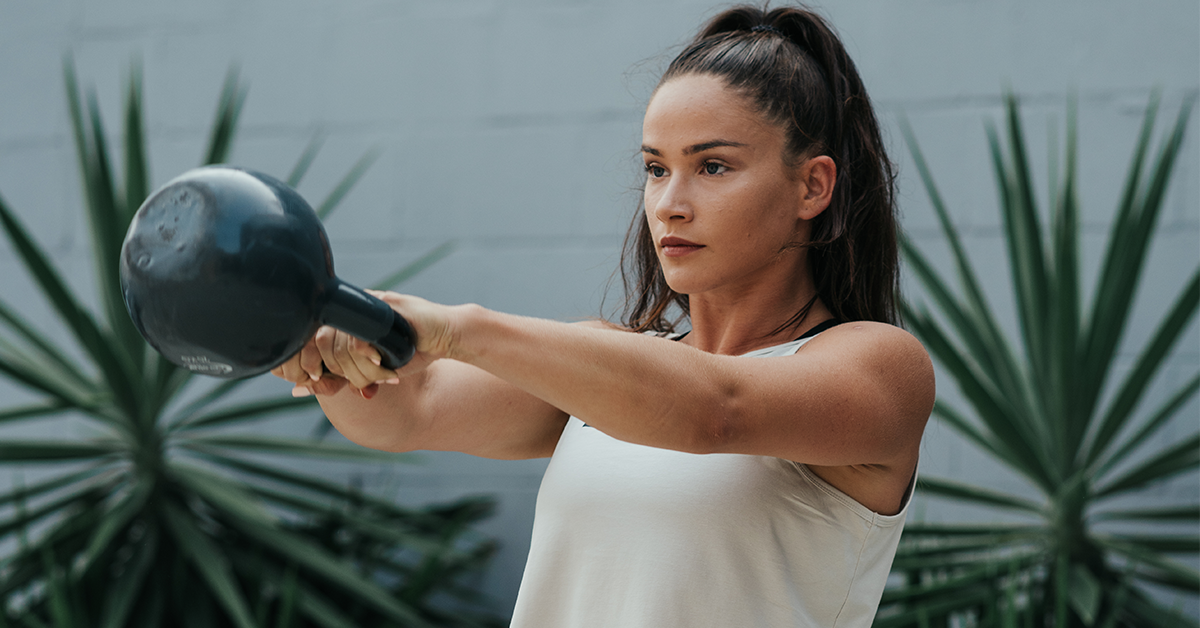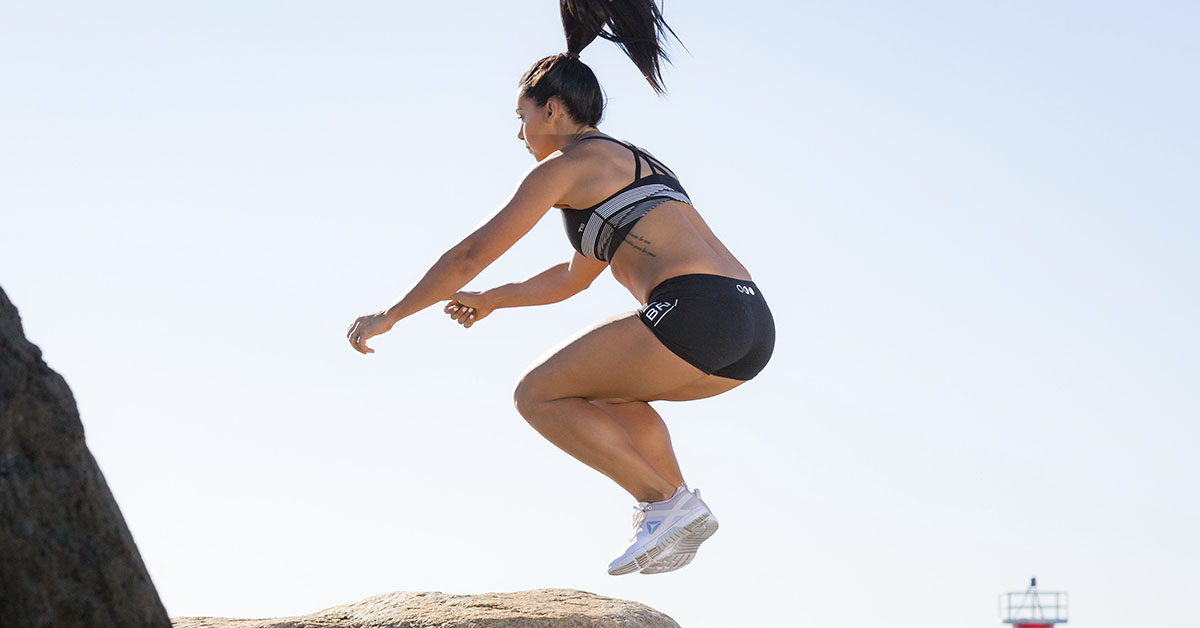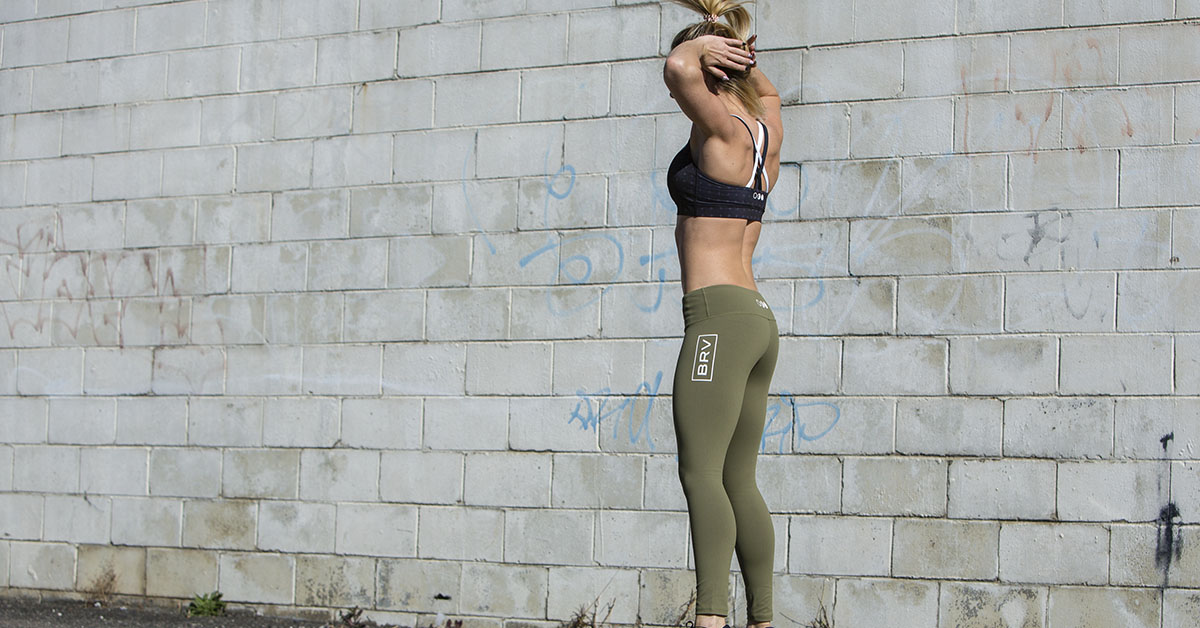Very often in WODs, if your coach programs kettlebell swings, you’re probably bringing it all the way overhead. But did you know there’s another type of swing that offers plenty of benefits? It’s the Russian kettlebell swing.
What is a Russian Kettlebell Swing?
The Russian kettlebell swing should look nearly identical to the American kettlebell swing, save for one difference: the peak of the KB’s path.
With an American KB swing, you bring it all the way overhead, before gravity brings it back down. With a Russian KB swing, the kettlebell will peak somewhere between your chest and your eyes.
In other words, at the top of the swing, your arms will be parallel to the floor and form a 90-degree angle with the rest of your body.
View this post on Instagram
Why Choose Russian Kettlebell Swings for Your Workout, Instead of American Swings?
Great question! One big reason athletes might opt for the Russian version is that with the American version, bringing the kettlebell all the way overhead can put the shoulders in a sticky/vulnerable position. Russian swings won’t do that but still offer the same benefits: building strength, improving your cardio, and boosting your explosiveness.
3 Tips for Better Russian Kettlebell Swings
KB swings might not seem like a super technical movement; in truth, they aren’t. However, the technique still matters. Here are three things to look out for.
1. Fully Extend Your Hips
At the top of the swing, your hips should be fully extended. Record the movement or have a coach/friend spot you — is your butt sticking out at the top? Is your torso pitched forward? Then you’re not extending all the way.
The reason this matters is that your hips drive much of the power. You’re not using your arms to muscle the kettlebell up. You use your hips to pop it up, and then your arms finish the movement.
Shop Now
2. Keep Your Core Engaged
At the bottom of the swing, are your shoulder sagging down, making your back appear rounded?
Take note: Even though you’re not lifting a ton of weight, doing Russian kettlebell swings with a rounded back can absolutely lead to soreness and even injury. Doing anything with a disengaged back can spell trouble.
Your back should be neither arched nor rounded. Think of keeping your spine stacked.
3. Keep Your Arms and Grip Loose
As we mentioned earlier, in the kettlebell swing, you’re not muscling it up. Your hips do much of the work!
For this reason — and also because you’re not bringing the KB overhead — you can and should keep your arms and hands loose. This allows the kettlebell to follow its natural trajectory and will also work wonders when it comes to delaying fatigue and soreness in those areas.
If you want to be able to do kettlebell swings for days, staying loose and relaxed is a must.
Which type of kettlebell swing is your favourite?

















